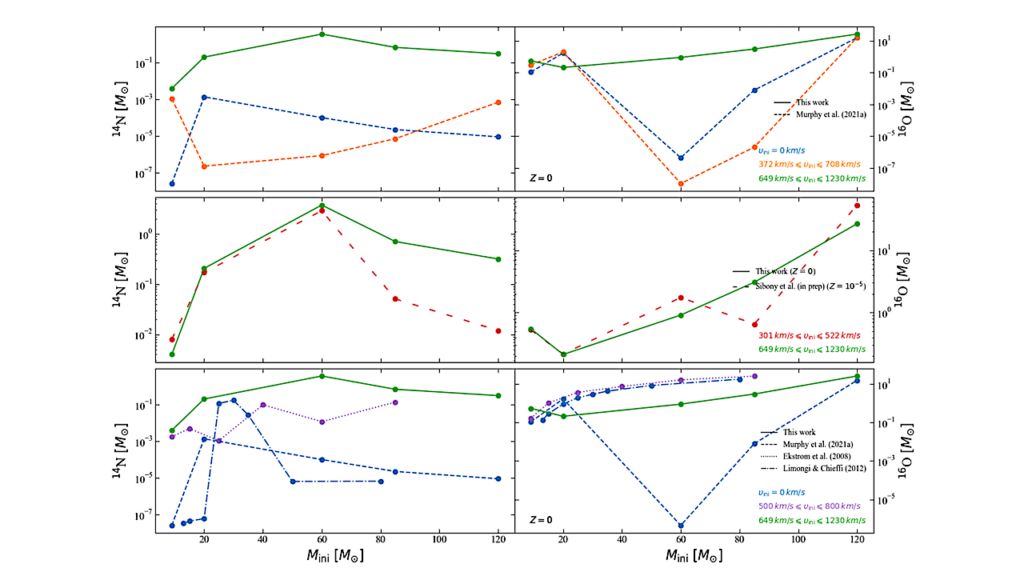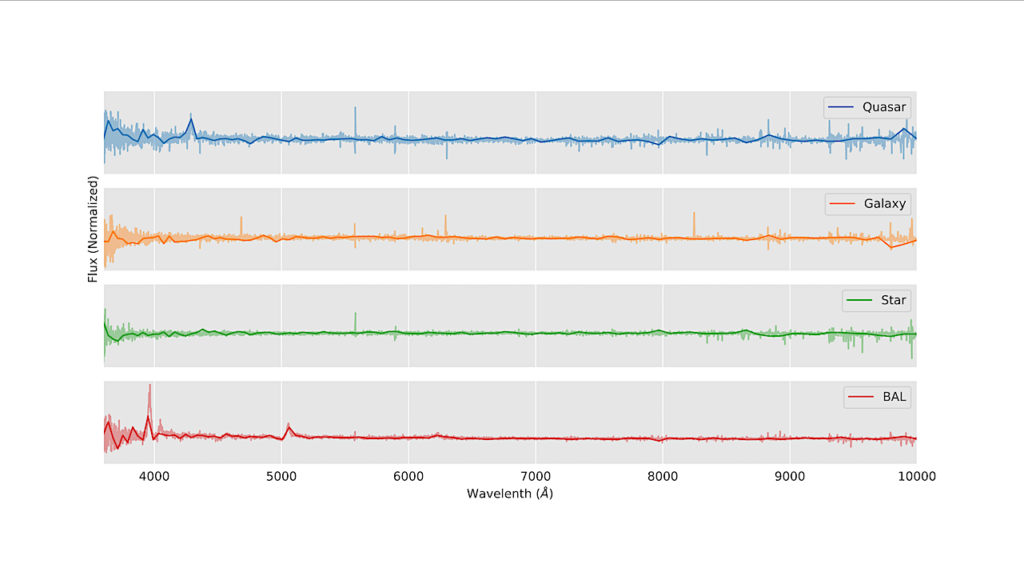The CARMENES Search For Exoplanets Around M Dwarfs. Behaviour Of The Paschen Lines During Flares And Quiescence

The hydrogen Paschen lines are known activity indicators, but studies of them in M~dwarfs during quiescence are as rare as their reports in flare studies. This situation is mostly caused by a lack of observations, owing to their location in the near-infrared regime, which is covered by few high-resolution spectrographs.
We study the Paβ line, using a sample of 360 M~dwarfs observed by the CARMENES spectrograph. Descending the spectral sequence of inactive M~stars in quiescence, we find the Paβ line to get shallower until about spectral type M3.5 V, after which a slight re-deepening is observed. Looking at the whole sample, for stars with Hα in absorption, we find a loose anti-correlation between the (median) pseudo-equivalent widths (pEWs) of Hα and Paβ for stars of similar effective temperature. Looking instead at time series of individual stars, we often find correlation between pEW(Hα) and pEW(Paβ) for stars with Hα in emission and an anti-correlation for stars with Hα in absorption.
Regarding flaring activity, we report the automatic detection of 35 Paschen line flares in 20 stars. Additionally we found visually six faint Paschen line flares in these stars plus 16 faint Paschen line flares in another 12 stars. In strong flares, Paschen lines can be observed up to Pa 14. Moreover, we find that Paschen line emission is almost always coupled to symmetric Hα line broadening, which we ascribe to Stark broadening, indicating high pressure in the chromosphere. Finally we report a few Paβ line asymmetries for flares that also exhibit strong Hα line asymmetries.
B. Fuhrmeister, S. Czesla, J.H.M.M. Schmitt, P.C. Schneider, J. A. Caballero, S. V. Jeffers, E. Nagel, D. Montes, M. C. Gálves Ortiz, A. Reinerns, I. Ribas, A. Quirrenbach, P.J. Amado, Th. Henning, N. Lodieu, P. Martín-Fernández, J. C. Morales, P. Schöfer, W. Seifert, M. Zechmeister
Comments: 21 pages, 22 figures, 7 tables, accepted to A&A
Subjects: Solar and Stellar Astrophysics (astro-ph.SR); Earth and Planetary Astrophysics (astro-ph.EP)
Cite as: arXiv:2308.07685 [astro-ph.SR] (or arXiv:2308.07685v1 [astro-ph.SR] for this version)
Submission history
From: Birgit Fuhrmeister
[v1] Tue, 15 Aug 2023 10:31:05 UTC (2,022 KB)
https://arxiv.org/abs/2308.07685
Astrobiology








